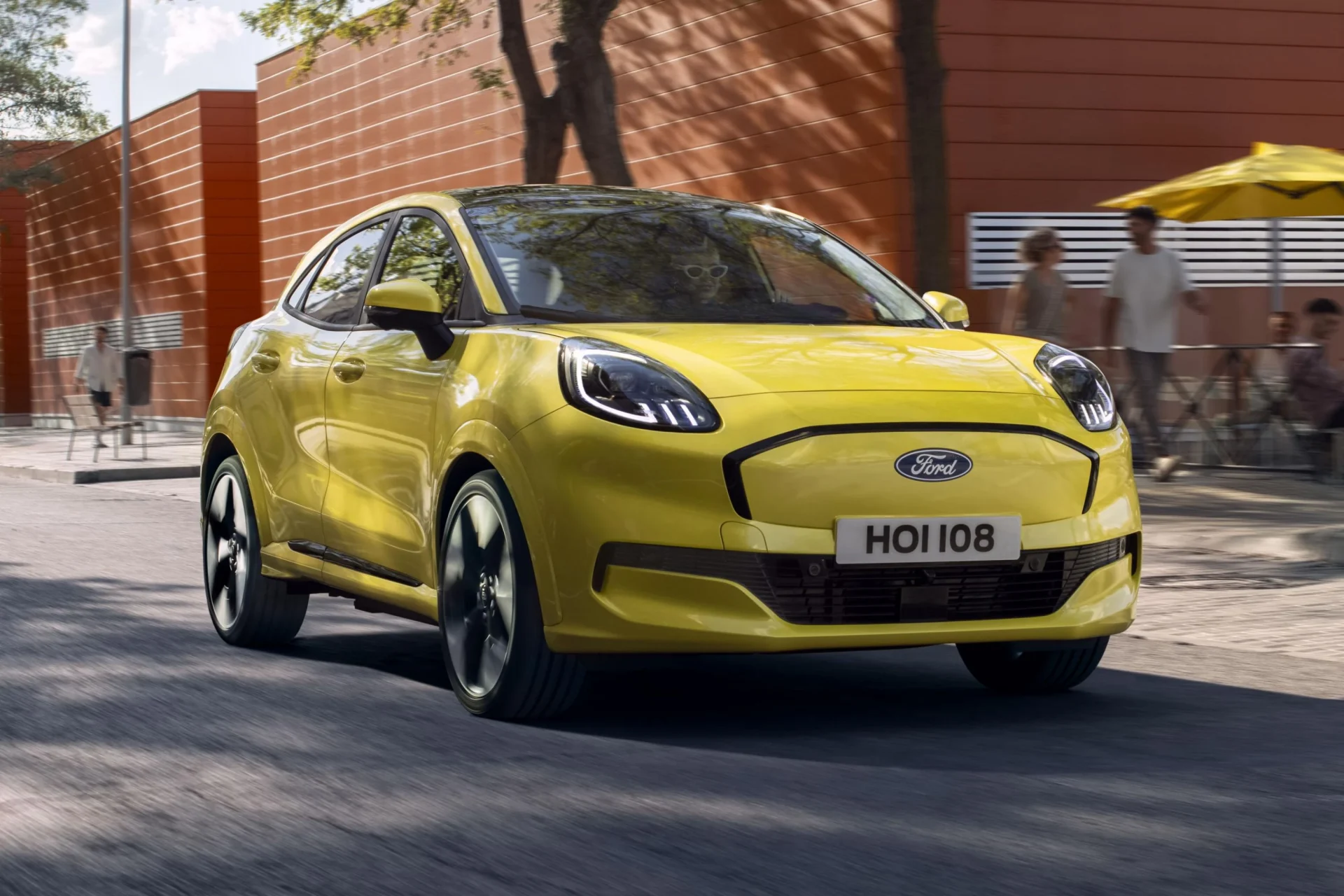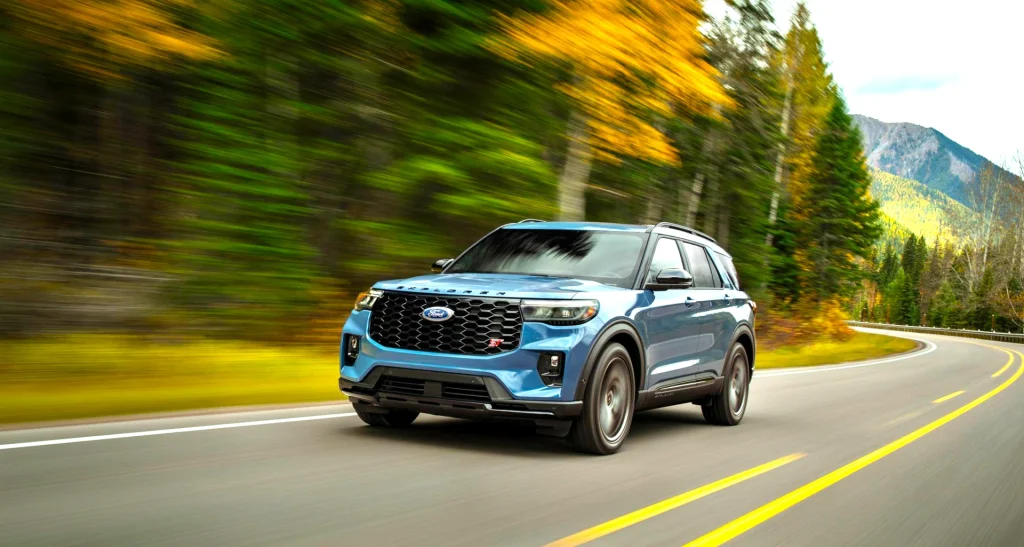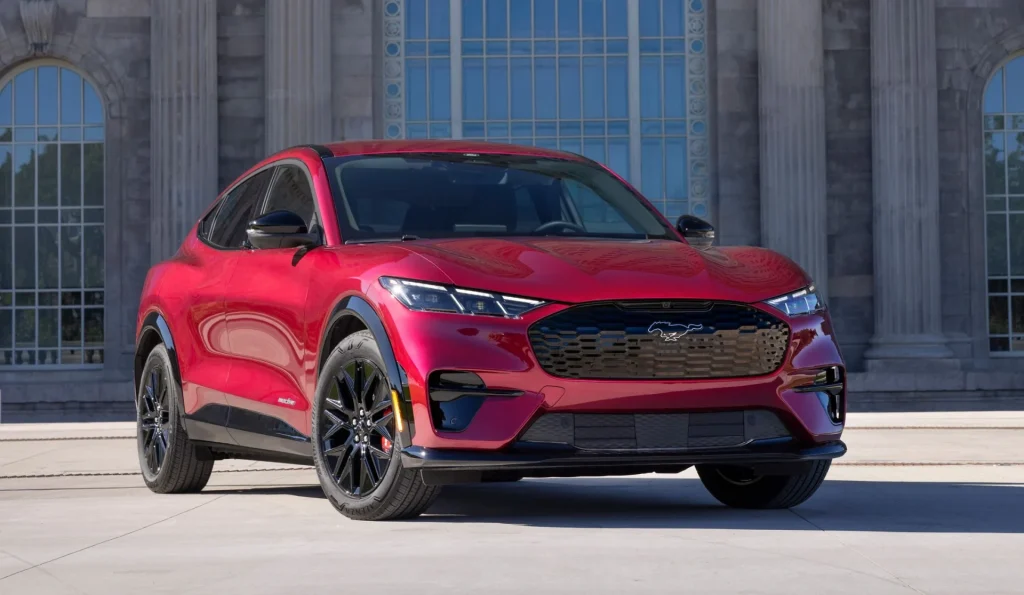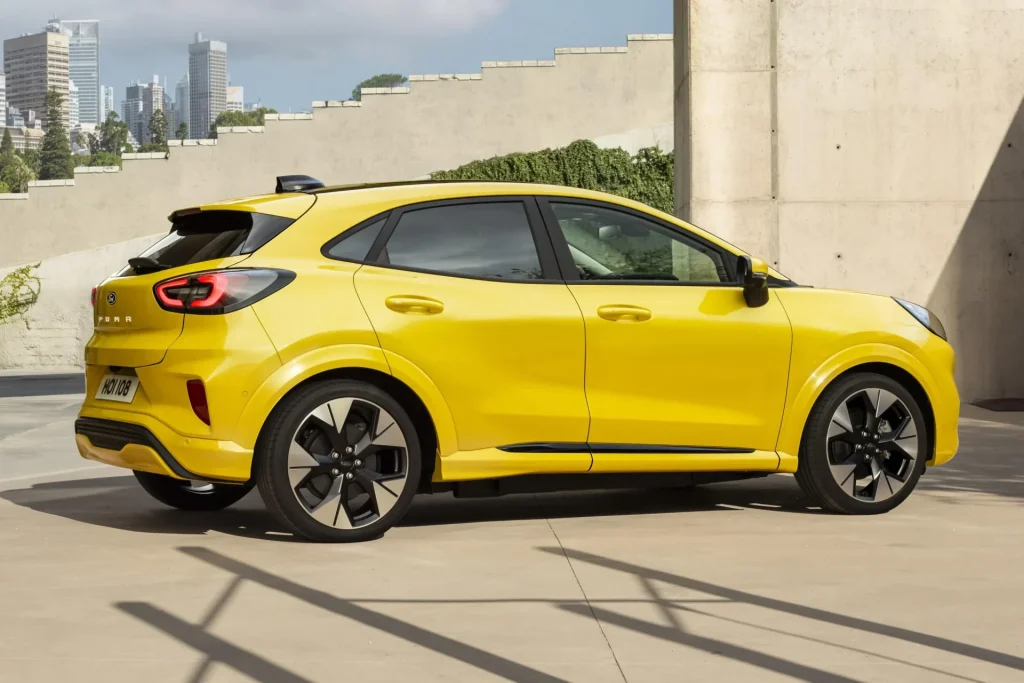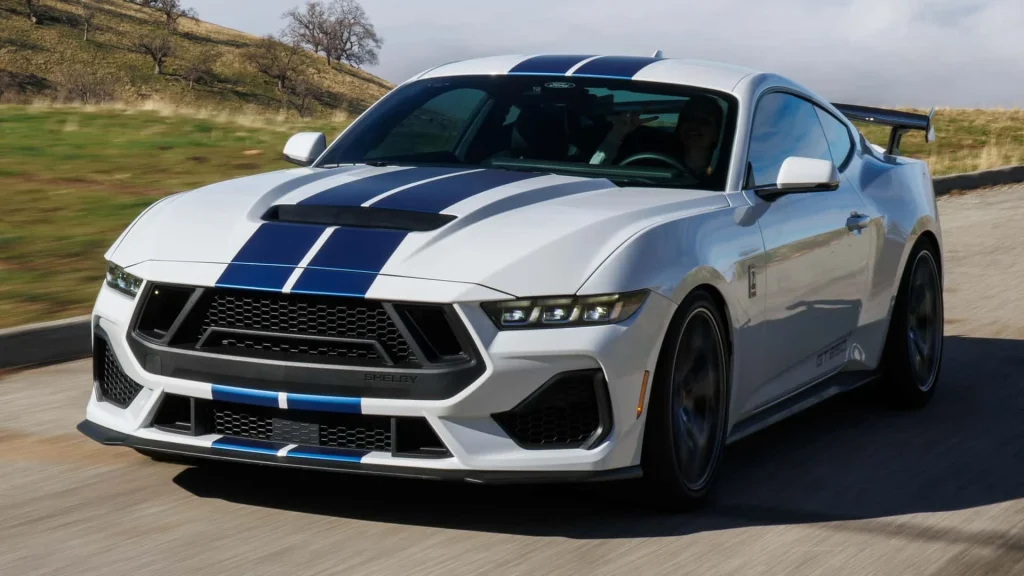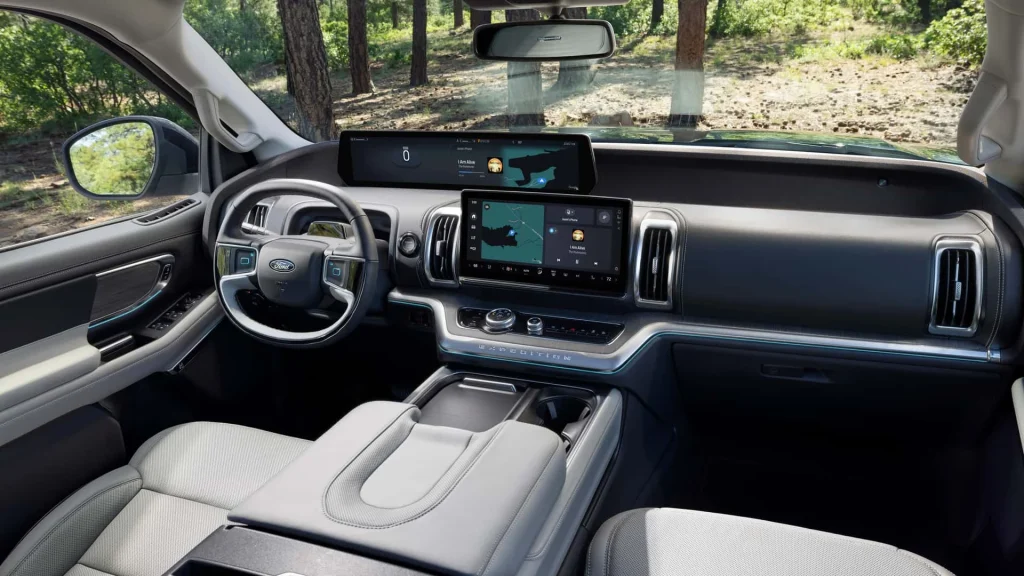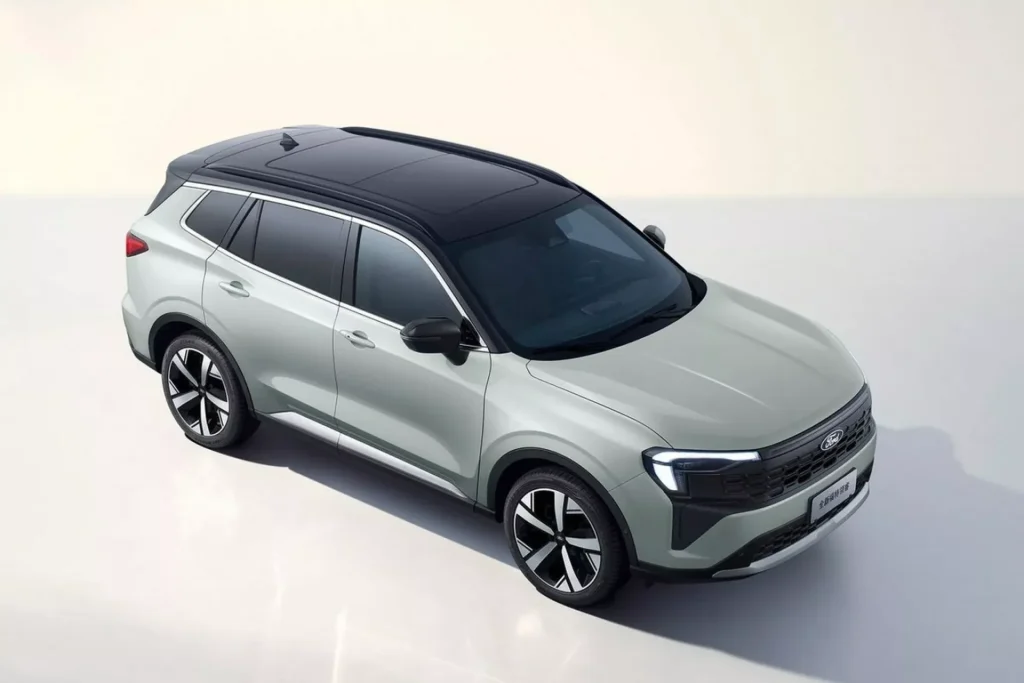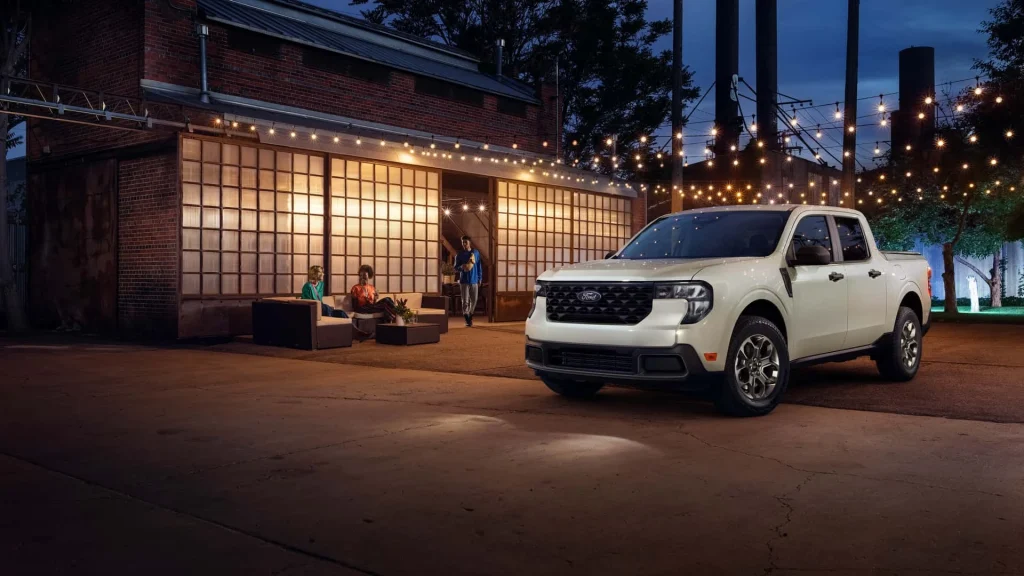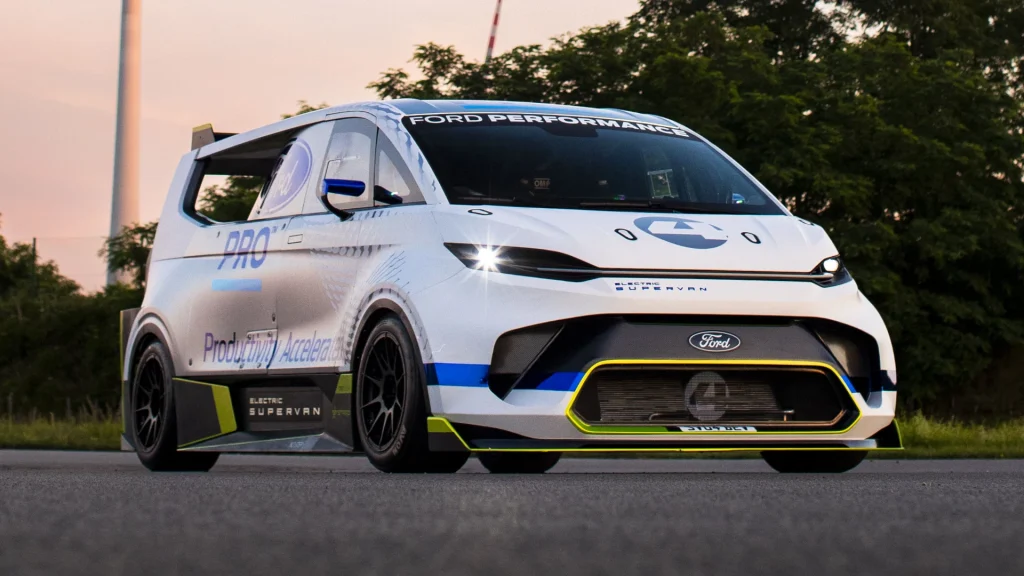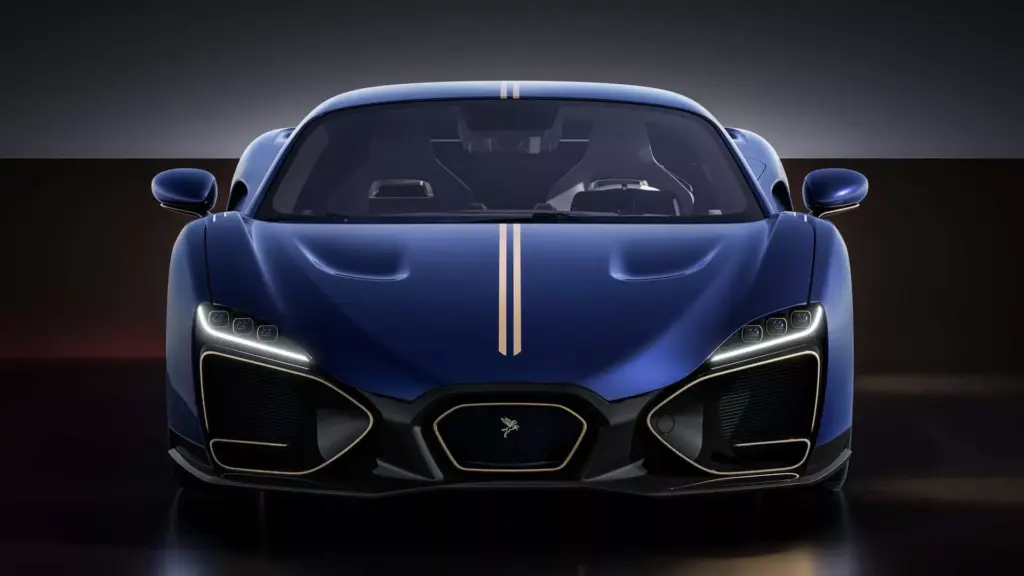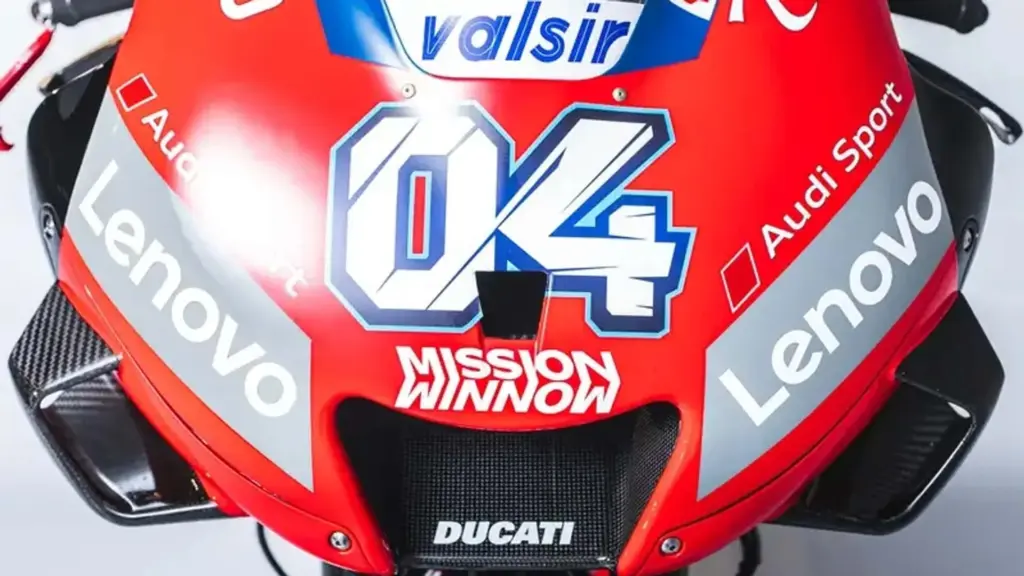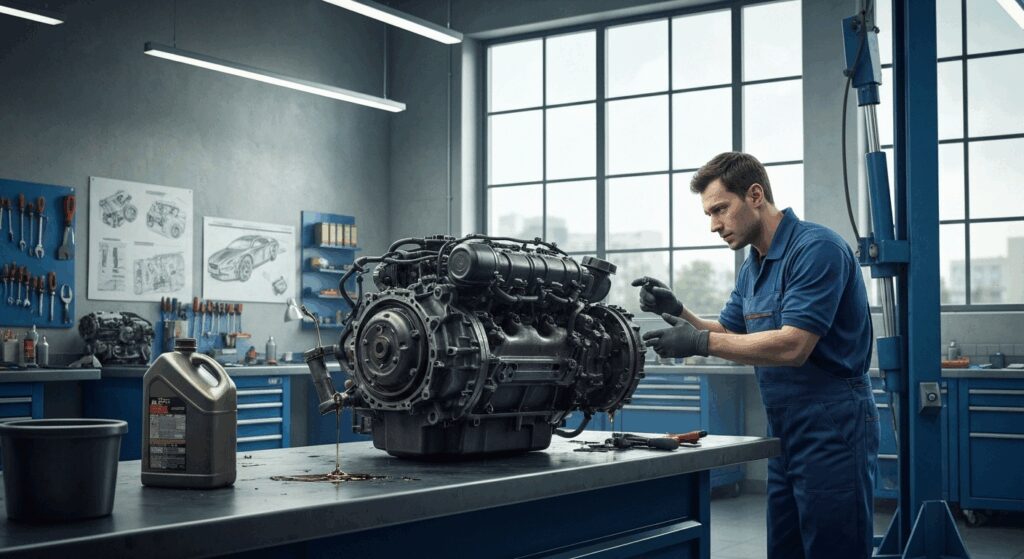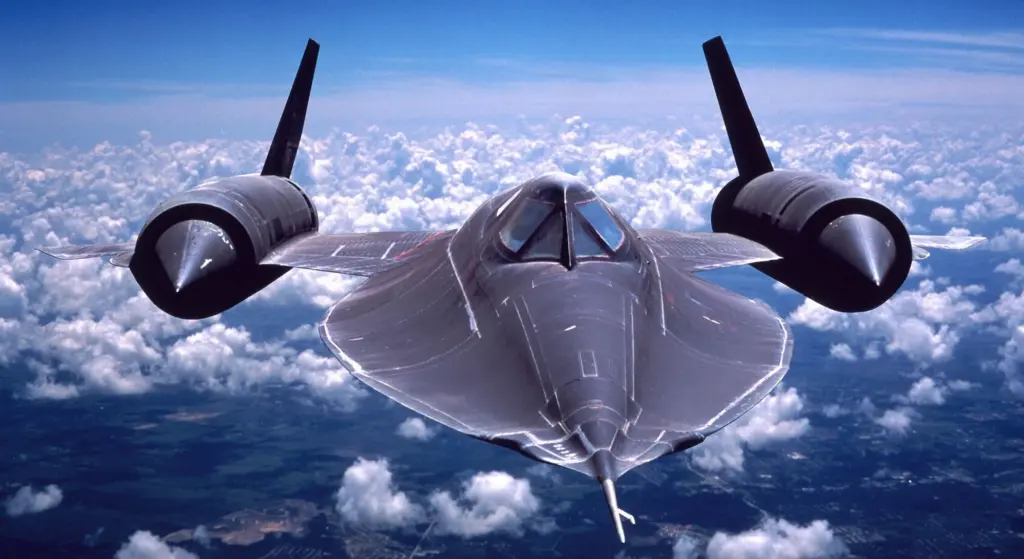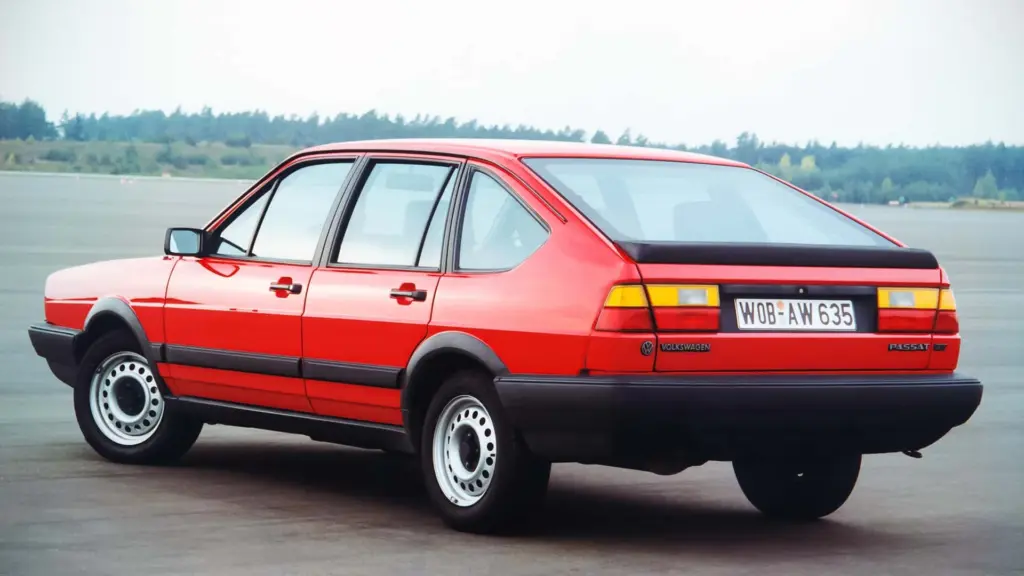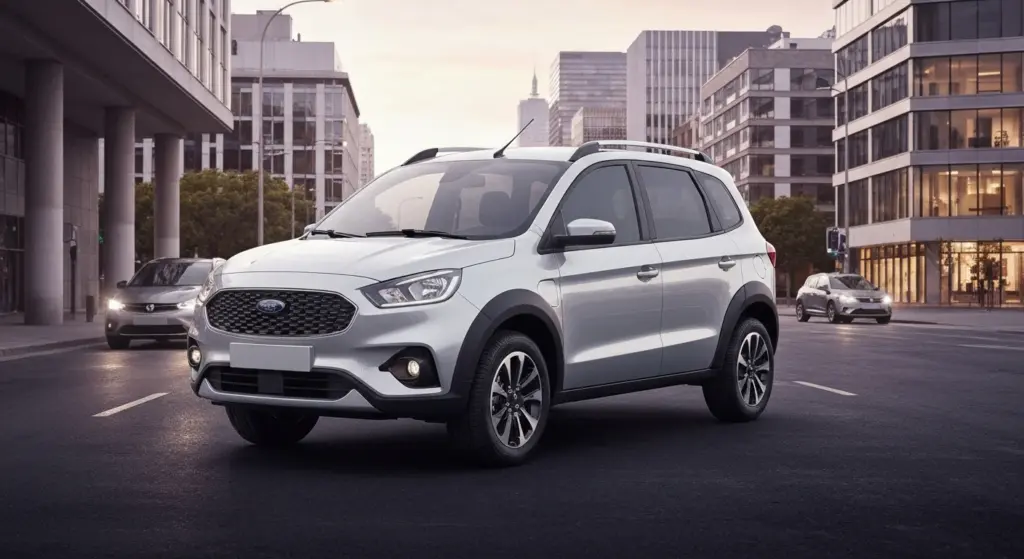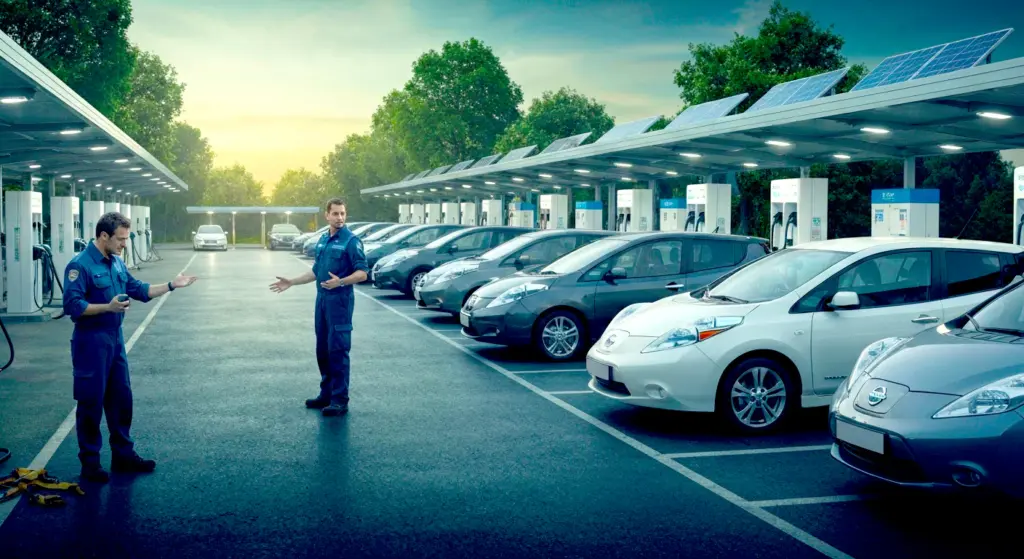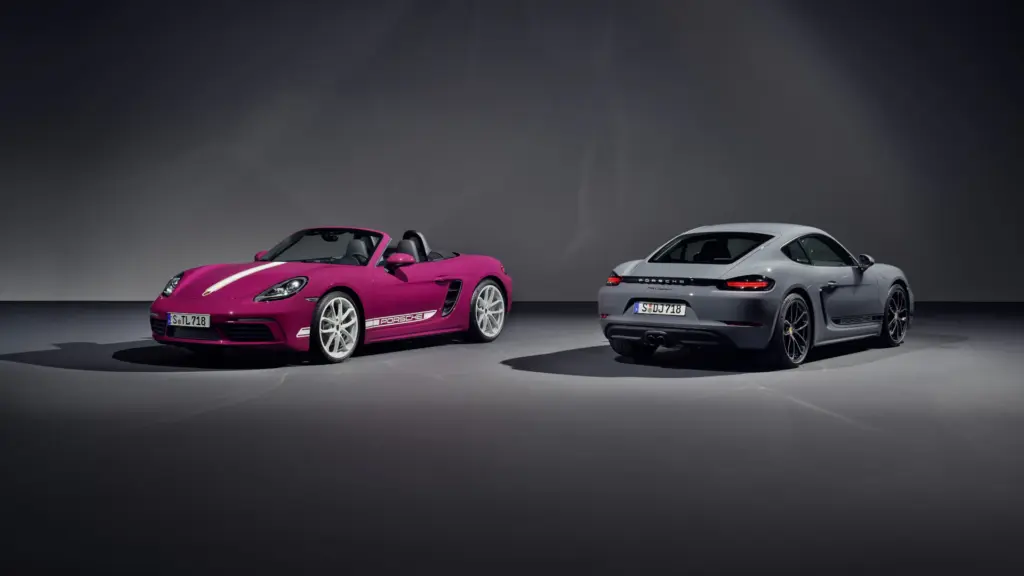Ford is undergoing a historic transformation in its portfolio, gradually phasing out classic models to embrace electrification. The strategy aims to meet new technological and environmental demands.
The shift redefines the automaker’s identity, prioritizing efficiency and innovation. This movement reflects market pressures, the need to compete, and the evolution of consumer habits.
Ford is facing a strategic revolution, abandoning classic models and advocating for a new direction in electric vehicles. Amid financial challenges and regulatory pressures, the automaker is reconfiguring its legacy to secure a sustainable and competitive future in the global market.
The Crisis of Traditional Models
Ford’s trajectory has been marked by iconic models that, for decades, represented performance and identity. However, changes in the regulatory landscape and the growing demand for cleaner cars have shaken this concept. The decline in sales of some of these models highlights the urgency for transformation.
Models with combustion engines, for example, have been losing ground due to new environmental requirements and the popularity of electric vehicles. Ford, which has always been synonymous with power and style, needs to rethink its lineup to avoid falling behind in a rapidly changing market.
Accelerated Transition to Electric Vehicles
The company has redirected its focus and resources toward the manufacturing of electric vehicles (EVs). The strategy combines robust investments and a new modular platform that promises to lower costs and increase competitiveness. This move is a response to the demand for innovation and sustainability.
Electric vehicles are solidifying their position as the new trend in the automotive sector. With accessible proposals, Ford aims to eliminate historical barriers of price and performance, turning challenges into opportunities to lead in a constantly evolving market.
The Challenge of Legacy and Identity
The transition to electric vehicles puts the identity built over decades into question. The traditional Ford Mustang with a combustion engine, a symbol of American performance, is experiencing a historic decline, while its electric counterpart, the Mustang Mach-E, is gaining strength. This dichotomy between nostalgia and innovation reveals a strategic dilemma.
Ford needs to balance the tradition of its iconic models with the technological innovation demanded by the current market. Reinterpreting values such as freedom, power, and design for a sustainable context is the company’s major challenge, as it begins this process with transformative projects.
Impacts on the Global Market
Ford’s strategy is not limited to a single region, reaching various markets with different characteristics and requirements. In some territories, combustion models are still seen as symbols of status and passion, while in others, the advancement of EVs is already defining the future. This divergence requires differentiated approaches.
The contrast between markets highlights how the perception of traditional and electric cars varies. While more traditional markets value the emotional history of classic models, emerging markets invest in innovation and fuel economy. This polarity reflects regulatory pressures and the priorities of local consumers.
- Investment focused on EVs
- Accelerated electrification
- Redefined Ford legacy
- Focus on sustainability
- Global modernization
Strategic Investments and Restructuring
The automaker has directed billions in investments to modernize its production and reduce costs on a new modular platform. This financial injection is crucial to adapt the factory for EV production and face the competitive challenges posed by international rivals. The restructuring encompasses everything from modernizing assembly lines to professional training.
These investments are necessary to ensure Ford remains competitive against rivals. The strategy includes cost-cutting, technology modernization, and an adjustment in production capacity, reflecting a future vision where electrification is key to the business’s sustainability.
| Model | Sales | Investments |
|---|---|---|
| Mustang V8 | 44,003 units | $12 billion |
| Mach-E SUV | 51,745 units | $12 billion |
| Ford Focus | 15 million units | €4.4 billion |
| EV Plans | Launch 2026 | Cost Reduction |
Industry Reactions and Regulatory Pressures
Ford’s new direction has sparked intense debate in the automotive sector. Regulators and competitors are closely observing the changes in strategy. The pressure to modernize production and adjust the portfolio makes the business environment highly competitive and dynamic.
The entry of international competitors with lower prices and government incentive policies intensifies this competition. Aware of these pressures, Ford is betting on innovation and the pursuit of efficiency to ensure its sustainability. The partnership with experts in the technology field reinforces the commitment to this new direction.
The Influence of Technology and Innovation
Technological innovation is a significant differentiator in this transition phase. Ford is investing in new modular platforms and reducing production and battery costs. These measures ensure a final product that is more competitive and aligned with modern consumer demands.
Digital transformation in the production chain and vehicle design promotes greater efficiency. Intelligent systems, connectivity, and safety technologies are incorporated, celebrating the era of smart vehicles. This technological ecosystem is central to gaining ground in an increasingly demanding global market.
Financial and Operational Challenges
Ford’s transition to electrification also brings significant financial challenges. Accumulated losses in the electric division and the constant need for investments reflect the complexity of this process. The company projects a recovery based on economies of scale and lower production costs.
Operational changes, such as plant closures and job cuts, are part of a larger plan to adapt to the new market reality. These adjustments are controversial but aim to make the structure more agile and efficient, despite the initial impact on employees and production.
Future Prospects and Sustainability Challenges
The future of Ford is intrinsically linked to its ability to innovate while staying true to its essence. The focus on affordable electric vehicles could position the automaker as a leader in efficiency and sustainability. There are still challenges, such as charging infrastructure and the competitiveness of rival models.
Continuous investments in research and development are essential. The company seeks to turn each challenge into an opportunity, integrating innovation, sustainability, and performance into its new models. This convergence promises not only to restructure the brand but also to redefine standards of quality and design in the automotive industry.
Cultural Impact and Relationship with Consumers
The strategic shift also impacts consumer perception, as they begin to see cars in different ways. The legacy of iconic models carries an emotional connection, but the new consumer profile values sustainable practices and cutting-edge technology. This cultural transformation forces a reevaluation of the concepts of performance and status.
Stories and memories connected to classic models blend with narratives of innovation. Consumers of different generations find common ground in the modernity of EVs, while traditionalists view the discontinuation of certain models as the end of an era. Ford is working to balance these feelings, preserving its legacy while embracing the new.
Challenges of Competition and the Role of Rivals
Competition in the automotive market is intensifying with the entry of new brands, especially those emerging from developing markets. Rivals investing heavily in technology and efficiency offer products at more competitive prices, forcing Ford to accelerate its modernization process. Rivalries with brands that have lower production costs encourage bolder strategies.
These challenges require Ford to adopt innovative measures and rethink its traditional models. Forming strategic partnerships and adapting processes are part of the response. Competitive pressure is both an incentive for transformation and an opportunity to solidify its position at a new level in the sector.
Marketing and Communication Strategies
Alongside technological and operational investments, Ford is reformulating its communication to highlight the new era of EVs. The narrative of transformation needs to be clear and inspiring. Marketing professionals are working to unite tradition and innovation in campaigns that resonate with both fans of classic models and new digital consumers.
Online campaigns and targeted actions aimed at the youth emphasize the benefits of electric vehicles, such as cost savings and sustainability. The strategy also highlights the strength of the brand’s heritage and the modernity of its new projects. In this way, Ford aims to create an emotional connection with a diverse audience.
Lessons Learned and Industry Impacts
The restructuring process at Ford is filled with lessons about adaptation and resilience. Models that once symbolized an era no longer meet the expectations of a modern market. This journey illustrates how innovation, although challenging, can renew the perspective of a historic brand.
The experience gained from this transformation serves as an example for other companies in the sector. The balance between preserving legacy and the need for renewal is essential to remain relevant. Ford’s trajectory shows that modernization can indeed go hand in hand with tradition, when there is robust strategic planning.
The Future of the Ford Portfolio
The reorientation of the Ford portfolio points to a diversification that combines reimagined iconic models with new technological solutions. The discontinuation of certain models is compensated by the launch of compact and affordable electric vehicles. The future promises a product line that integrates performance, economy, and sustainability.
Future plans include the launch of two new categories of EVs, with attractive prices and modern functionalities. The investment in a hybrid portfolio that integrates connectivity and smart design promises to capture both long-time admirers and new customers. This strategy aims to strengthen Ford’s position in a competitive and ever-changing market.
Ford’s transformation highlights a deep change in the automotive sector, where tradition and innovation meet. The decision to shift to electric vehicles and discontinue historical models reflects the new global landscape and the challenges posed by modernity. The assembled strategy seeks to ensure competitiveness and long-term relevance.
Amid financial and operational pressures in an increasingly demanding market, the automaker is betting on robust investments and innovation to reconfigure its legacy. The success of this movement will depend on the ability to reconnect the brand’s history with the demands for sustainability and technology, paving the way for a new era in the sector.
This journey reveals the challenges and opportunities of transforming a brand with a profound legacy into a modern and sustainable reference. While Ford faces criticism and controversy, its commitment to electrification and innovation could redefine global mobility standards, paving the way for the future of transportation.
Author: Fabio Isidoro
Founder and editor-in-chief of Canal Carro, he dedicates himself to exploring the automotive universe with depth and passion. A car and technology enthusiast, he produces technical content and in-depth analyses of national and international vehicles, combining quality information with a critical eye for the public.

